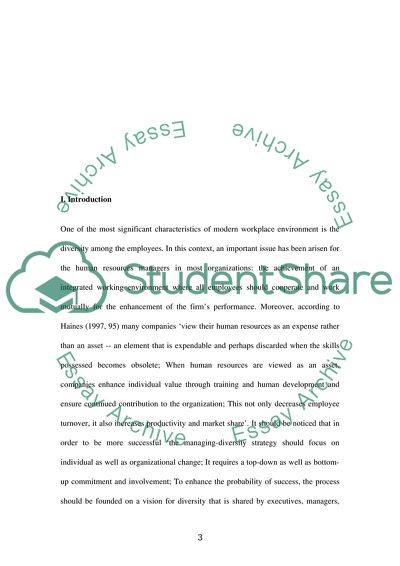Cite this document
(Diversity and Its Impact on Training within an Organizational Essay, n.d.)
Diversity and Its Impact on Training within an Organizational Essay. Retrieved from https://studentshare.org/human-resources/1704711-two-essays-for-the-subject-human-resource-development
Diversity and Its Impact on Training within an Organizational Essay. Retrieved from https://studentshare.org/human-resources/1704711-two-essays-for-the-subject-human-resource-development
(Diversity and Its Impact on Training Within an Organizational Essay)
Diversity and Its Impact on Training Within an Organizational Essay. https://studentshare.org/human-resources/1704711-two-essays-for-the-subject-human-resource-development.
Diversity and Its Impact on Training Within an Organizational Essay. https://studentshare.org/human-resources/1704711-two-essays-for-the-subject-human-resource-development.
“Diversity and Its Impact on Training Within an Organizational Essay”, n.d. https://studentshare.org/human-resources/1704711-two-essays-for-the-subject-human-resource-development.


